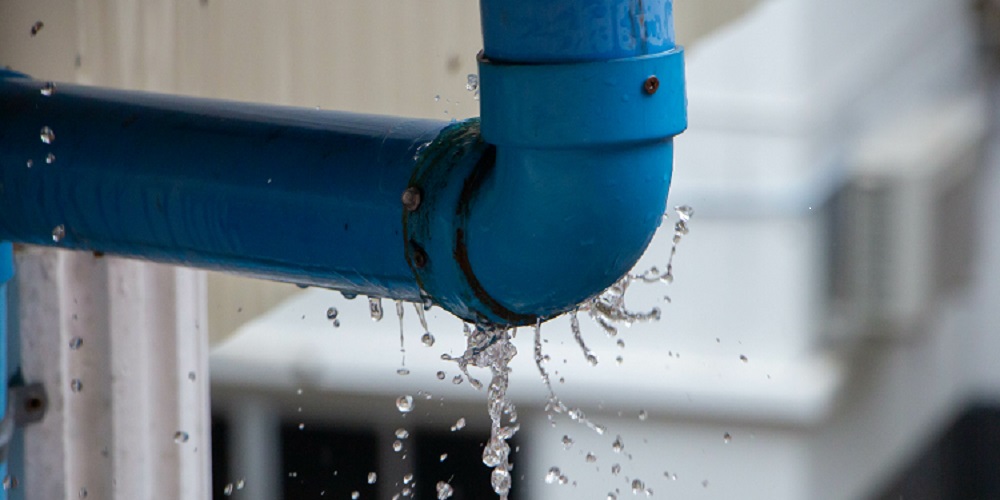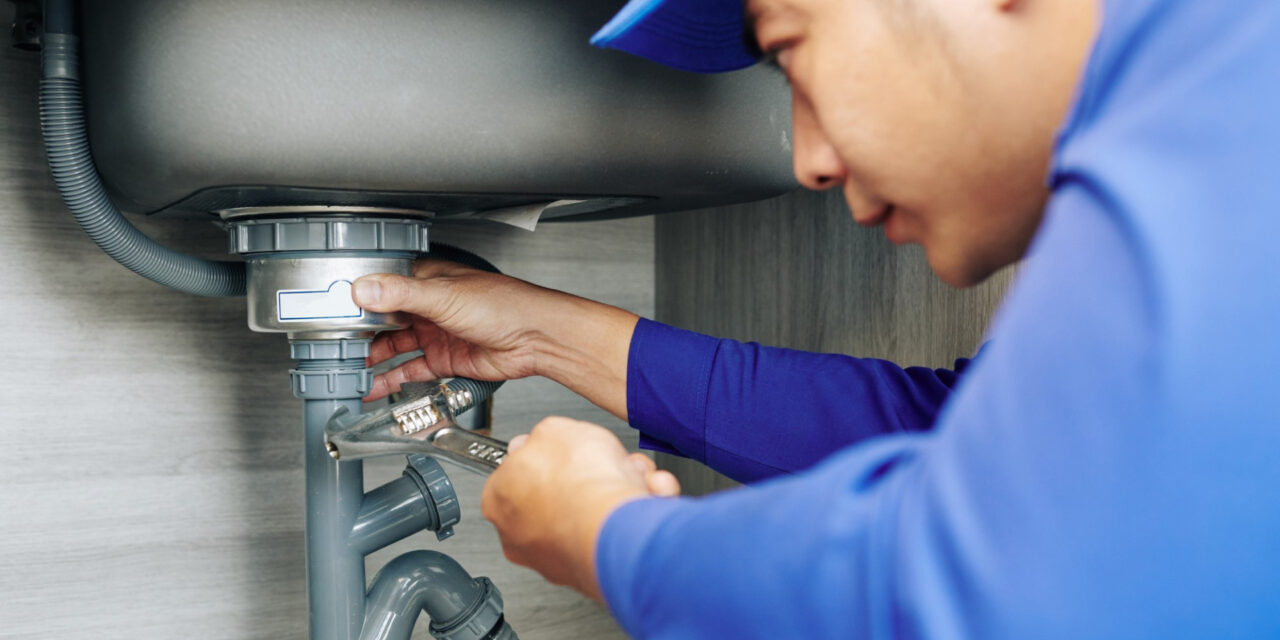This article which follows about Finding hidden leaks is relatively enjoyable. Try it and draw your own assumptions.

Early discovery of leaking water lines can minimize a potential calamity. Some tiny water leakages might not be noticeable.
1. Analyze the Water Meter
Every residence has a water meter. Checking it is a guaranteed way that assists you uncover leakages. For starters, shut off all the water resources. Guarantee nobody will certainly purge, use the faucet, shower, run the cleaning machine or dishwashing machine. From there, most likely to the meter and also watch if it will alter. Considering that no one is using it, there must be no activities. If it moves, that indicates a fast-moving leak. If you find no adjustments, wait a hr or 2 and also examine back again. This implies you may have a sluggish leakage that can also be below ground.
2. Inspect Water Usage
If you spot abrupt adjustments, in spite of your usage being the same, it means that you have leakages in your plumbing system. An abrupt spike in your expense indicates a fast-moving leak.
A steady rise every month, even with the exact same habits, reveals you have a sluggish leakage that's likewise slowly rising. Call a plumber to completely check your residential or commercial property, especially if you really feel a warm area on your floor with piping below.
3. Do a Food Coloring Test
When it comes to water intake, 30% comes from toilets. If the shade in some way infiltrates your bowl throughout that time without flushing, there's a leak between the tank as well as dish.
4. Asses Exterior Lines
Do not fail to remember to inspect your exterior water lines also. Should water seep out of the connection, you have a loose rubber gasket. One small leak can lose bunches of water and also increase your water costs.
5. Inspect and also Assess the Scenario
House owners must make it a routine to inspect under the sink counters as well as even inside cupboards for any bad odor or mold growth. These two red flags indicate a leak so prompt attention is required. Doing regular examinations, also bi-annually, can save you from a major problem.
If you know your home is already old, maintain a watchful eye on your heating systems, tubes, pipes and so on. Look for discolorations and also damaging as the majority of devices as well as pipes have a life span. They will certainly likewise naturally wear away because of wear and tear. If you suspect dripping water lines in your plumbing system, don't await it to intensify. Call an expert plumber right away so you do not wind up with a terrible mess in your house.
Early discovery of dripping water lines can reduce a possible disaster. Some little water leaks may not be noticeable. Checking it is a proven way that assists you discover leaks. One little leak can squander tons of water and increase your water bill.
If you think dripping water lines in your plumbing system, don't wait for it to escalate.
WARNING SIGNS OF WATER LEAKAGE BEHIND THE WALL
PERSISTENT MUSTY ODORS
As water slowly drips from a leaky pipe inside the wall, flooring and sheetrock stay damp and develop an odor similar to wet cardboard. It generates a musty smell that can help you find hidden leaks.
MOLD IN UNUSUAL AREAS
Mold usually grows in wet areas like kitchens, baths and laundry rooms. If you spot the stuff on walls or baseboards in other rooms of the house, it’s a good indicator of undetected water leaks.
STAINS THAT GROW
When mold thrives around a leaky pipe, it sometimes takes hold on the inside surface of the affected wall. A growing stain on otherwise clean sheetrock is often your sign of a hidden plumbing problem.
PEELING OR BUBBLING WALLPAPER / PAINT
This clue is easy to miss in rooms that don’t get much use. When you see wallpaper separating along seams or paint bubbling or flaking off the wall, blame sheetrock that stays wet because of an undetected leak.
BUCKLED CEILINGS AND STAINED FLOORS
If ceilings or floors in bathrooms, kitchens or laundry areas develop structural problems, don’t rule out constant damp inside the walls. Wet sheetrock can affect adjacent framing, flooring and ceilings.
https://www.servicemasterbyzaba.com/blog/how-to-detect-water-leakage-in-walls/

Hopefully you enjoyed reading our part about Locating water leaks. Many thanks for taking the time to read through our article. Sharing is nice. You just don't know, you might be doing someone a favor. Thanks for your time. Visit again soon.